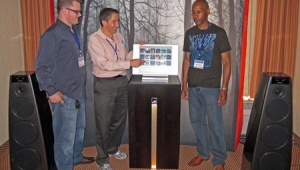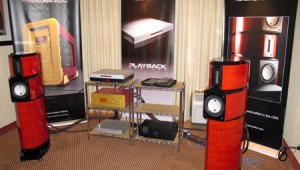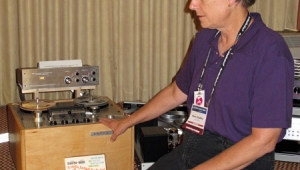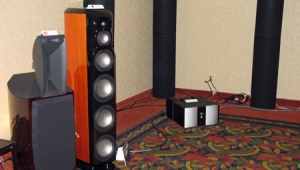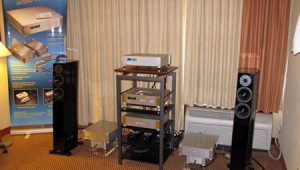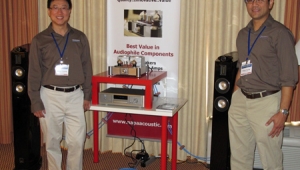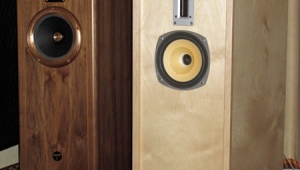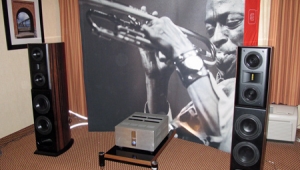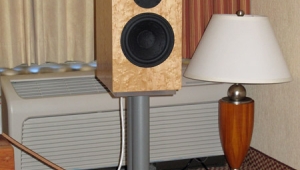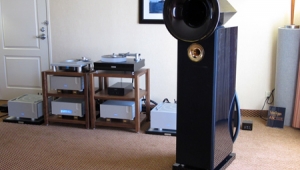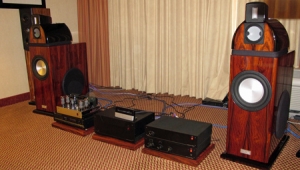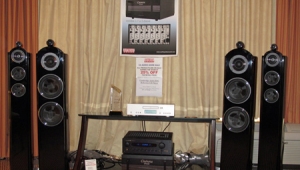| Columns Retired Columns & Blogs |
My comments should not be interpreted to imply that Audience loudspeakers cannot handle high volumes. They most certainly can. The problem in this case, as in many rooms, was the size of the room. You can play only so loud in a small room before wall reflections begin to induce distortion. When John McDonald first set up the 2+2s, he was getting an unnaturally dark sound due to some low frequency standing waves. At least he had the presence of mind to shift his speakers to a different position. If only more exhibitors had done the same. Please refer to my detailed comments on electrical and acoustic problems at the Hilton, which are contained on the second page of my final blog (top of page 1). This blog was written before I began to have a handle on what was coloring sound in so many rooms.



